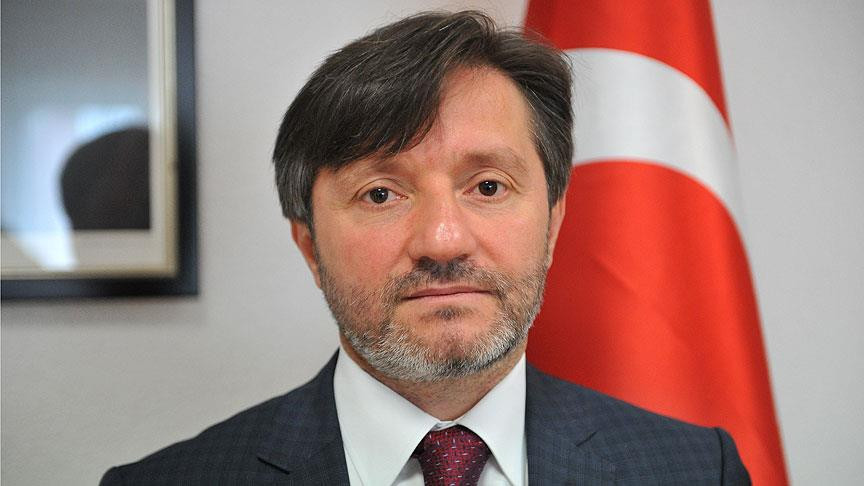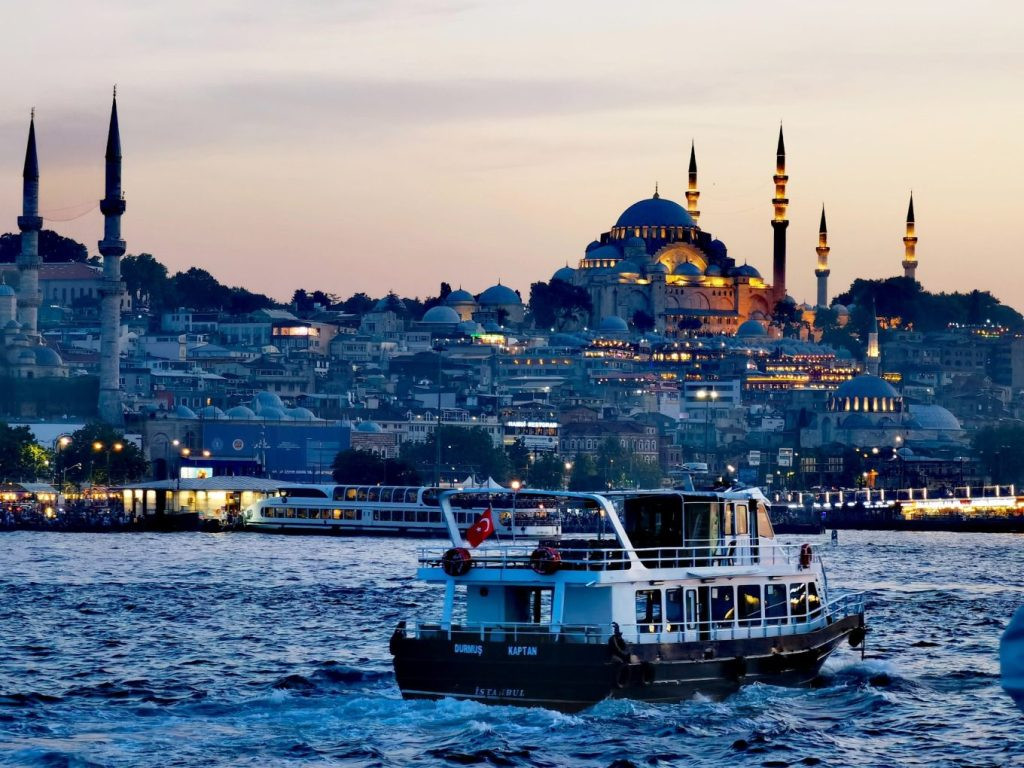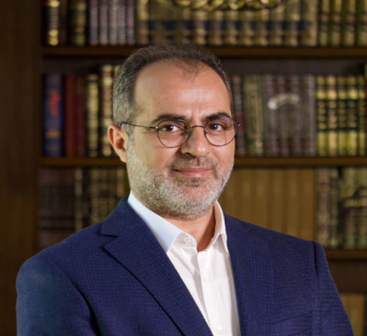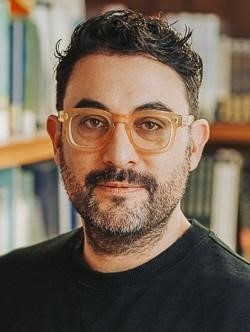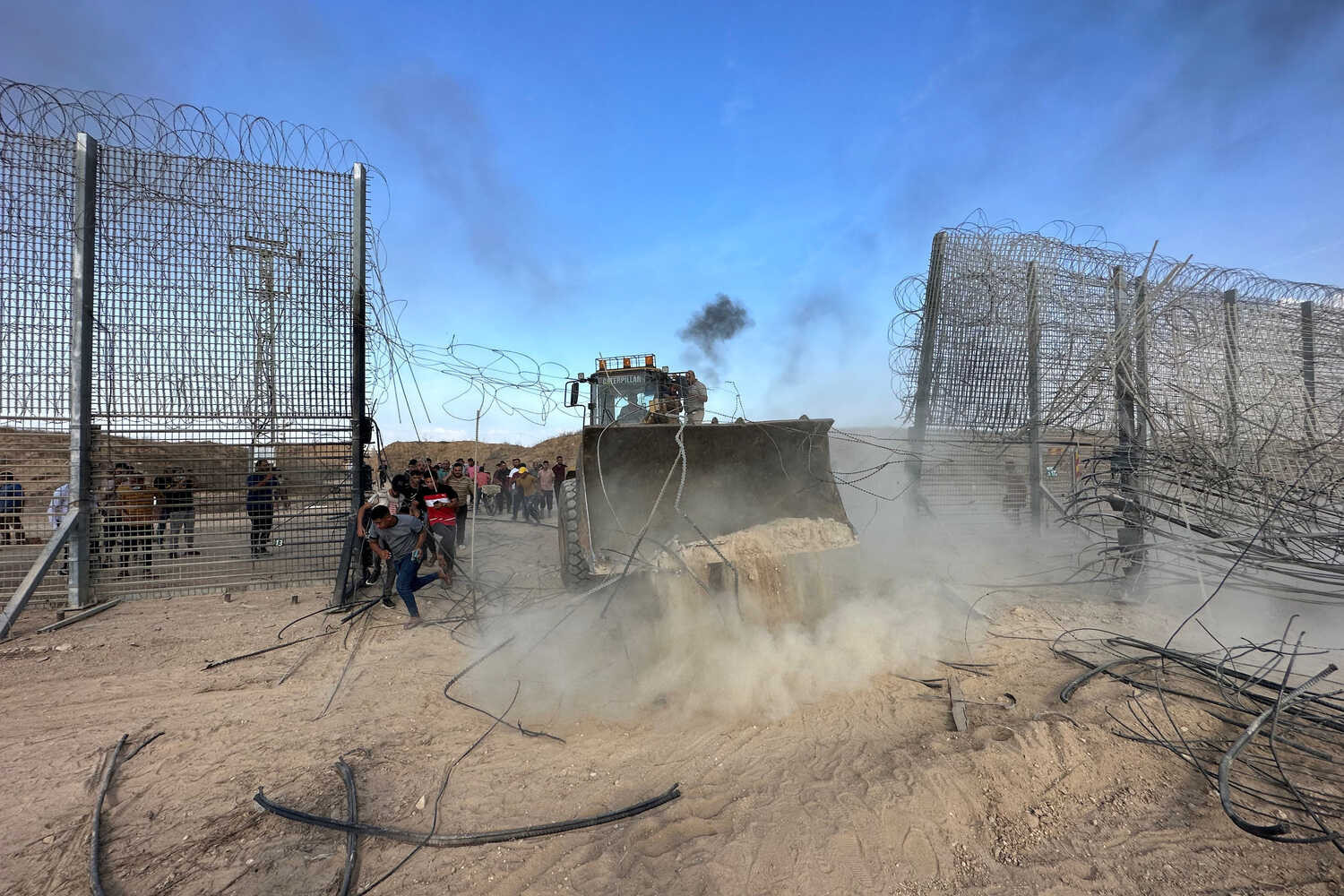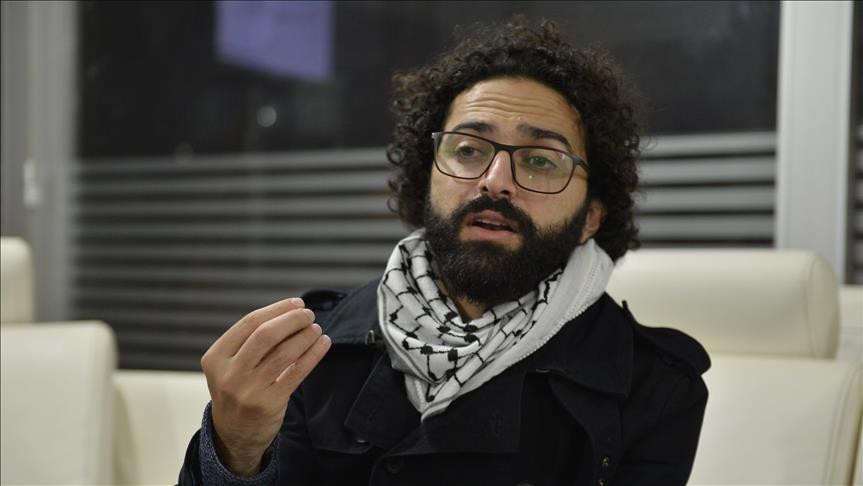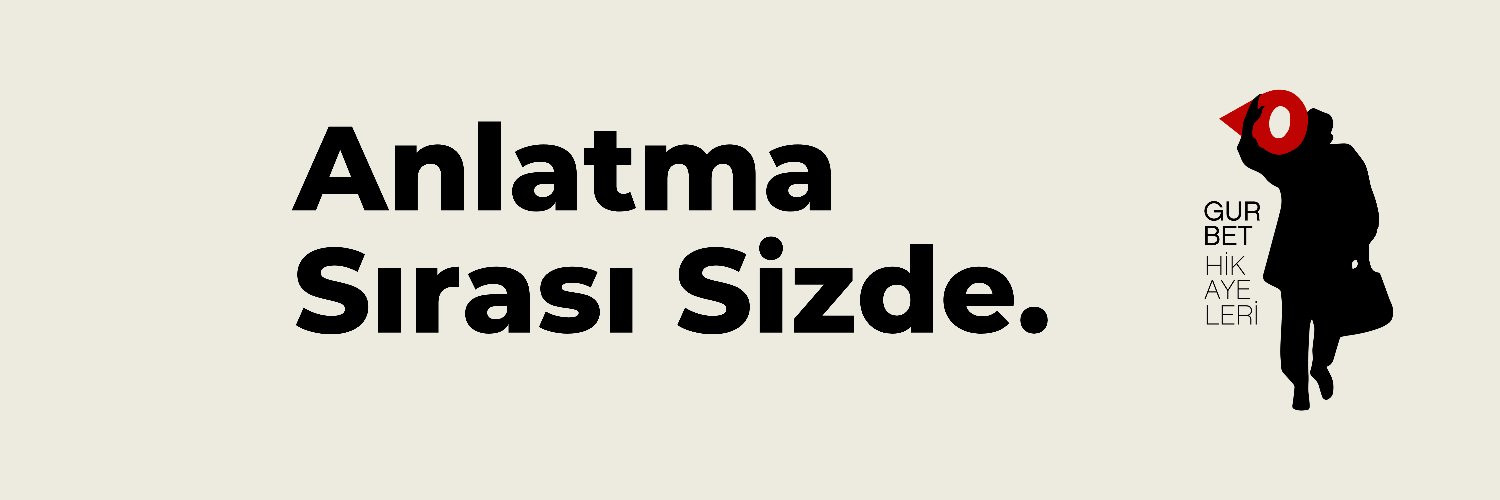
Interview on Gurbet Hikayeleri
How did "Gurbet Hikayeleri" begin? What motivated you to start such a project?
The story of "Gurbet Hikayeleri" began as the collective idea of a group of friends who had previously been involved in different social projects. We all suffered from rising hostility towards refugees, xenophobia, and discrimination. So, we created "Gurbet Hikayeleri" to address these issues.
People tend to become hostile toward those they don't know, haven't interacted with, or shared anything with. Moreover, it's only possible to be hostile toward an entire unknown group through some form of dehumanization, and it only requires the shutting down of all the channels for empathy. It's not easy to hate another person whom you know has dreams, pleasures, desires, fears, and anxieties, just like you.
It's only possible to be hostile toward an entire unknown group through some form of dehumanization, and it only requires the shutting down of all the channels for empathy.
Gurbet Hikayeleri was actually established as a front to fight this dehumanization by reminding people that refugees living in Turkey are more than just abstract labels or statistics. For the past few years, there has been a tremendous wave of hostility towards refugees on social media. Perhaps it is even more hysterical and destructive than what happens in everyday life. Therefore, we found it particularly important to intervene in this issue through social media. Our main idea was simple: to convey the stories of refugees to the Turkish public in the refugees' own words. Our readers hear these stories in their own inner voices without being influenced by elements such as appearance, clothing, or accent, which can easily lead to stereotypes. Thus, we aim to make it possible for even those who have never encountered refugees in their lives to empathize with them. We try to make the Turkish public feel that people categorized as refugees, or Syrians ("Suriyeli"), are actually just like everyone else, with their own concerns, desires, and fears.
How do migrants and refugees reach "Gurbet Hikayeleri," and how do you contact them?
We had all previously formed friendships with refugees living in Turkey through various means. Our initial stories came from one-on-one relationships based on trust. As we published these stories, it helped us gain recognition and paved the way for new stories to reach us. Especially our Facebook account became our main platform in this regard. We publish entirely in Arabic on Facebook. Under many of our story posts, refugees living in Türkiye discuss at length in their native languages and share their ideas and opinions. The community there constitutes our main source for new stories.
Anyone living in Türkiye as a "foreigner" with a story to tell can reach us through all our social media accounts and the "Submit Your Story" page on our website. They can submit the stories they want to tell in Turkish, Kurdish, Arabic, Persian, English, and French. Moreover, they can send voice recordings as well. After passing through an editorial screening, review, and proofreading, we publish the story in Turkish and Arabic.
What gap does this project fill in Turkish civil society? What kind of feedback have you been receiving?
The Turkish public doesn't really know refugees. Millions of people have been living with us for over a decade. They work here, they live here, and they get an education here. You can see refugees everywhere. However, the number of people who actually sit down, chat, and form friendships with refugees is relatively low. Additionally, refugees living in Türkiye don't have much representation in the media. When the most critical discussions about their fate are being held, no one asks them about their experiences or opinions. As a result, the feelings of anger, hatred, and anxiety remain. Therefore, increasing the platforms where refugees can be active participants is essential.
Refugees living in Türkiye don't have much representation in the media. When the most critical discussions about their fate are being held, no one asks them about their experiences or opinions.
"Gurbet Hikayeleri" operates on social media, where people don't interact with each other and where it's easiest to say the most bitter words. Indeed, anyone who takes a look at our social media accounts will see that the comment sections under the most notable stories often turn into a battleground. On one side, there are refugee haters, and on the other, their defenders. However, there are also surprising reactions. Sometimes, you come across someone who admits, "I am actually a racist, but what this person went through is unacceptable," or those who genuinely ask questions to challenge their own preconceptions. For those who engage, these interactions can be educational in one way or another.
What are your future goals for the project?
Currently, we only publish the stories in written form. Additionally, we create an illustration for each story using an AI application based on the story's content. These illustrations usually depict the main character of the story. This way, we provide a unique and striking representation. However, it's evident that reading rates in our era are quite low. People now prefer watching and listening over reading. Therefore, we will turn our stories into videos in the next phase. We will combine the AI-generated illustrations to bring the stories to life in a way.
In the medium to long term, we aim to organize face-to-face activities that will bring together the refugee community we are in contact with and our Turkish readers. Through these efforts, we hope to contribute to a social practice where refugees can find enough support to become active participants in society.
